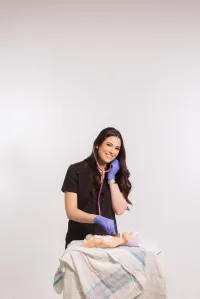
Welcome to Amanda's NICU Education

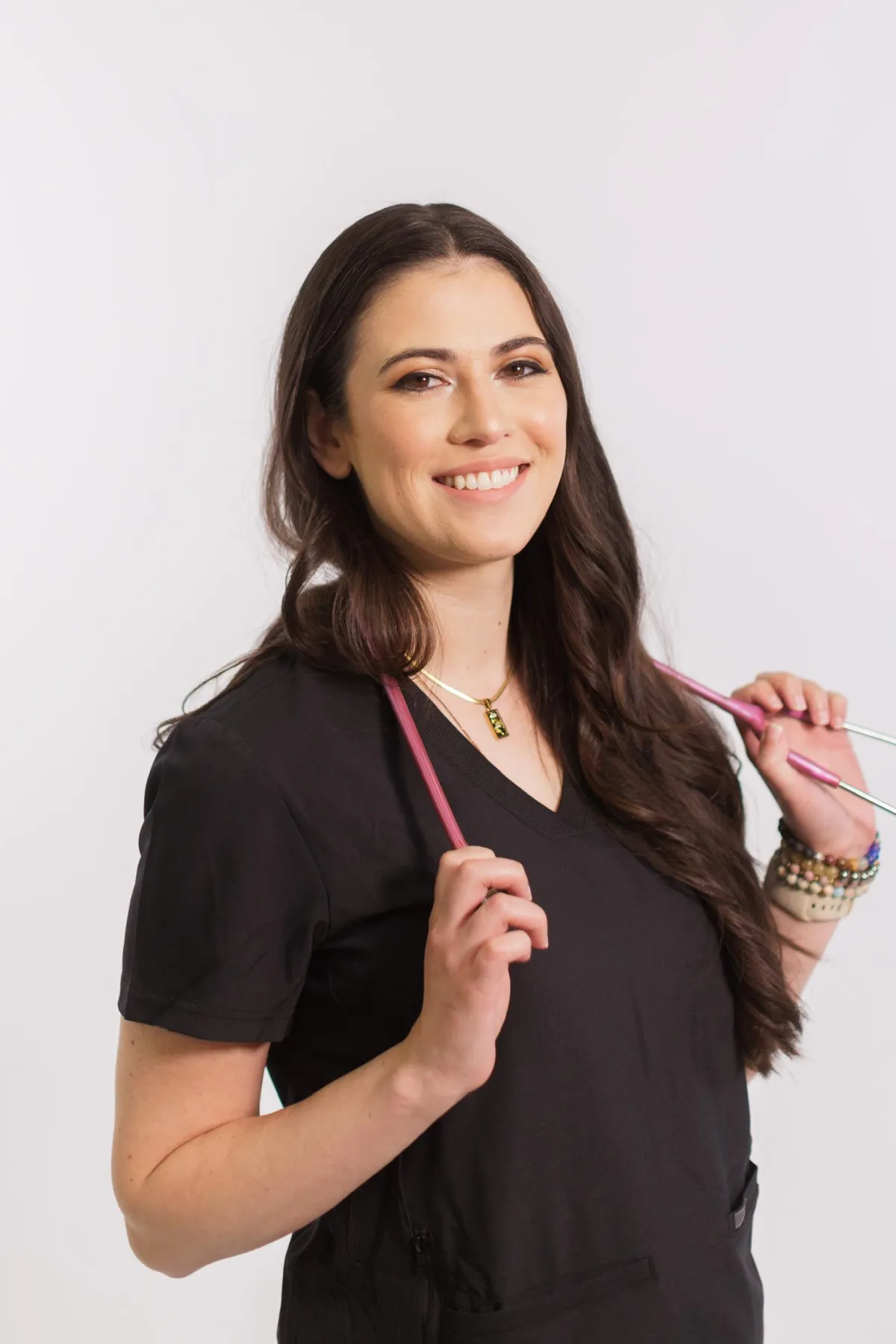


Hi! My name is Amanda. I'm a NICU nurse, Clinical Nurse Specialist, NICU Educator... basically your NICU BFF. If you want to talk NICU, I'm here for you! I love everything about NICU nursing and I'm eager to learn and share my knowledge with all my NICU friends.
I have been a NICU nurse since 2009 I am currently a Clinical Nurse Specialist in a Level IV NICU in Los Angeles.
I am passionate about educating the next generation of NICU nurses. I share my knowledge through platforms such as Instagram and Facebook and am excited to have you here on my website!
Click on the button below to sign up for my newsletter filled with NICU education and tips for all experience levels.

Not very many people love taking tests but as a self-acclaimed "forever student" who has taken (and passed) five different certification exams I am no longer afraid of tests! "Way to brag", you might be thinking but I want to help YOU pass your certification exam too!
Introducing Amanda's RNC-NIC Success digital course - your ultimate study companion!
Gain unlimited, on-demand access for life, ensuring you're primed to ace your certification exam.
I'm here to help you succeed and I can't wait for you to share with me that you PASSED the RNC-NIC EXAM!!!










Chest Tubes
Chest Tubes in the NICU-
Chest tubes are large hollow tubes that are placed in the chest to remove air or fluid from the pleural space. The goal is to restore the negative pressure within the pleural space so that the lung can be re-expanded.
Chest tubes are connected to a drainage system to collect the air or fluid. There are different types of drainage systems: single-bottle water seal systems and multiple-bottle systems.
The single-bottle water seal system drains air and fluid by gravity and blocks atmospheric air from being drawn into the pleural space. You can think of this almost as if we put the end of the chest tube in a cup of water. The "water seal" allows air or fluid to drain out, but nothing can go in.

In addition to the water seal, the multiple-bottle systems allow suction to be applied to facilitate drainage and expansion.
There are two types of multiple-bottle systems: a wet system, and a dry system. (As if it wasn't confusing enough already!)

The Pleur-evac system is a "wet" drainage system that has three chambers: the collection, water seal, and suction chambers. As the nurse one of our responsibilities is to prepare the drainage systems before the chest tube is inserted. The wet drainage system is assembled by adding water to the water seal chamber AND the suction control chamber.

A "dry" system (for example the Atrium Oasis) has two chambers: the collection chamber and the water seal chamber. The suction is controlled by a dial (instead of water). The nurse assembles this drainage system by adding water to the water seal chamber and dialing the suction to the ordered setting.
When the chest tube is in place we monitor closely for bubbling in the water seal chamber.
Bubbling of fluid demonstrates effective communication between the pleural space and drainage system. Continuous bubbling may indicate an air leak in the system. To locate the source of the leak, the tubing is briefly clamped (beginning close to the chest and working toward the drainage system). When the tubing is clamped between the air leak and the water seal in the drainage system, the bubbling will stop. Patency of the tube, fluctuation, and bubbling should be observed and charted per your hospital policy.
We want to be able to see some fluctuation in either the tube or bottle. Fluctuation may stop if there is fibrin or blood clots obstructing the tube, kinking or compressed tubing, or the suction is not working properly. If there are clots of debris in the tubing DO NOT milk or strip the tube as that creates a lot of negative pressure and trauma to the lung. Instead clots or debris in the tubing can be gently kneaded.
If fluid is being drained from the chest tube the drainage system may need to be changed out. This should be done in an aseptic manner following your hospital policy.
The chest tube is typically removed when bubbling has stopped for at least 24 hours and the chest x-ray films show no re-accumulated air or fluid. Support the baby by providing pain relief during chest tube removal. Rapid, sterile removal of the tube is followed by the application of a petrolatum gauze pressure dressing.
Nursing Care
Close monitoring of vital signs, respiratory effort, and signs of pain is an important piece of nursing assessment and care. Turning and repositioning the baby allows for maximum drainage and lung expansion. The chest tube must be stabilized and secured for function, comfort, and prevention of accidental removal. Many NICUs encircle the tubing with a piece of tape and use a safety pin, hemostat, or suture to secure the tubing to the bed.
Monitor the dressing site for cleanliness and integrity and change according to your hospital policy.
If the tube becomes dislodged, the opening should be covered with sterile petroleum gauze and pressure applied until the tube can be replaced.
Hopefully now you feel a little more comfortable and confident with chest tubes, chest tube drainage systems, and nursing care. This is a pretty complex topic so save this blog so you can pull it up next time you have a patient with a chest tube.
Keep up with the great work you do in the NICU. Every day you make a difference in the lives of these precious babies and their families. I am so blessed to work alongside you.
With admiration and gratitude,
Amanda xoxo
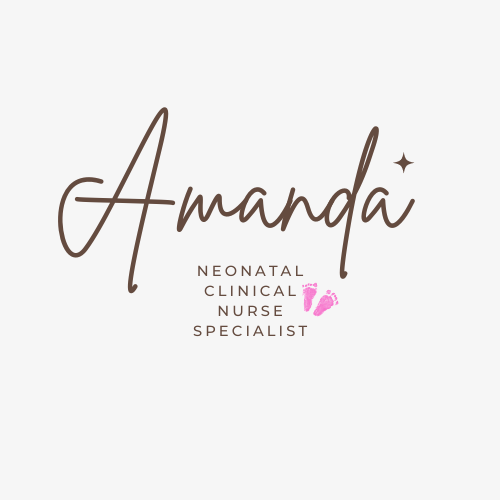

December 2023 Certification Review Webinar
NICU Certification Review


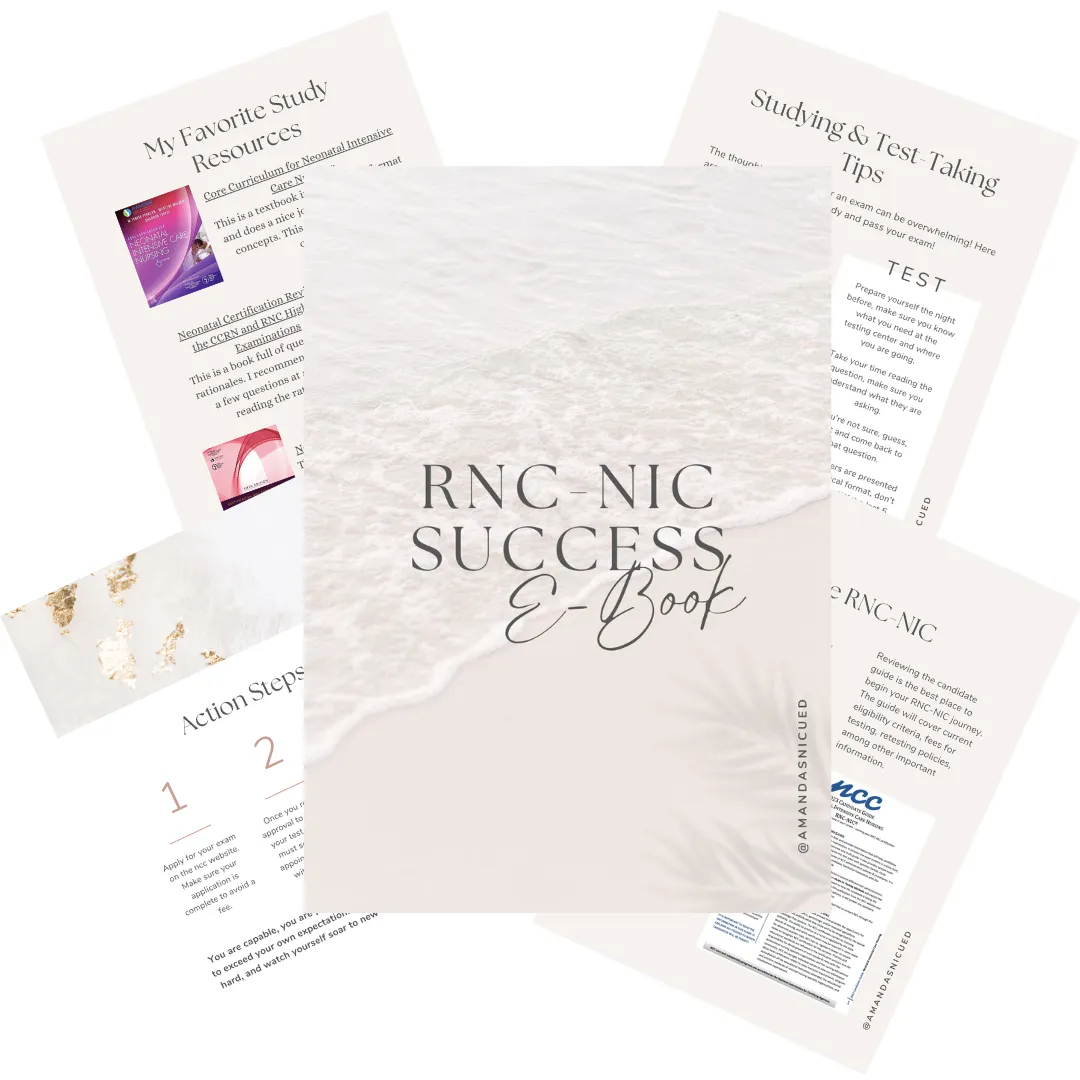
Ready to kickstart your journey to becoming a certified NICU nurse?
Look no further!
Grab my FREE E-Book packed with essential study and test-taking strategies for the RNC-NIC.
In the E-Book I give you the resources you need including the link to access the candidate guide, several types of books to study from, some of my favorite strategies, an outline of the content you should review, and a blank calendar for you to make your study plan!
Frequently Asked Questions About the RNC-NIC exam

What is the RNC-NIC?
The RNC-NIC is a competency-based exam that tests the specialty knowledge of nurses in the United States & Canada who care for critically ill newborns and their families.
The RNC-NICU is a nationally recognized certification that recognizes the registered nurse for their specialty knowledge and skill.
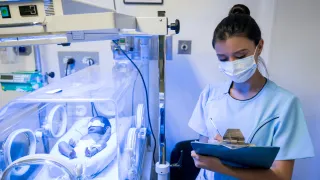
Who can take the RNC-NIC exam?
Nurses can take this exam after a minimum of two years experience in the NICU caring for critically ill newborns and their families.

Which books should I use?
I'm glad you asked! There are many excellent books to help you prepare for the RNC-NIC, I gathered ande describe each of them for you in my FREE e-book.
Is there a course to help me study?
Yes! Many hospitals host their own certification course and there are a few online courses. See my RNC-NIC test taking tips E Book for more information
What happens if I don't pass the exam?
If you don't pass the exam on your first try you can try again after 90 days. You will have to reapply after 90 days and pay a retest fee. There is no limit to the number of times you can take the exam (however a candidate can only sit for the exam twice per year).

Can I make more money if I take the RNC-NIC exam and get certified?
Yes! Many hospitals provide a raise or a bonus for nurses with specialty certifications. Hospitals also typically hire at a higher base salary when nurses have a certification.

Find me @amandasnicued on these channels or Email me
hey nurses don't miss out
© Copyright 2024. AmandasNICUEd. All rights reserved. | Terms & Conditions | Privacy Policy Contact: [email protected]

